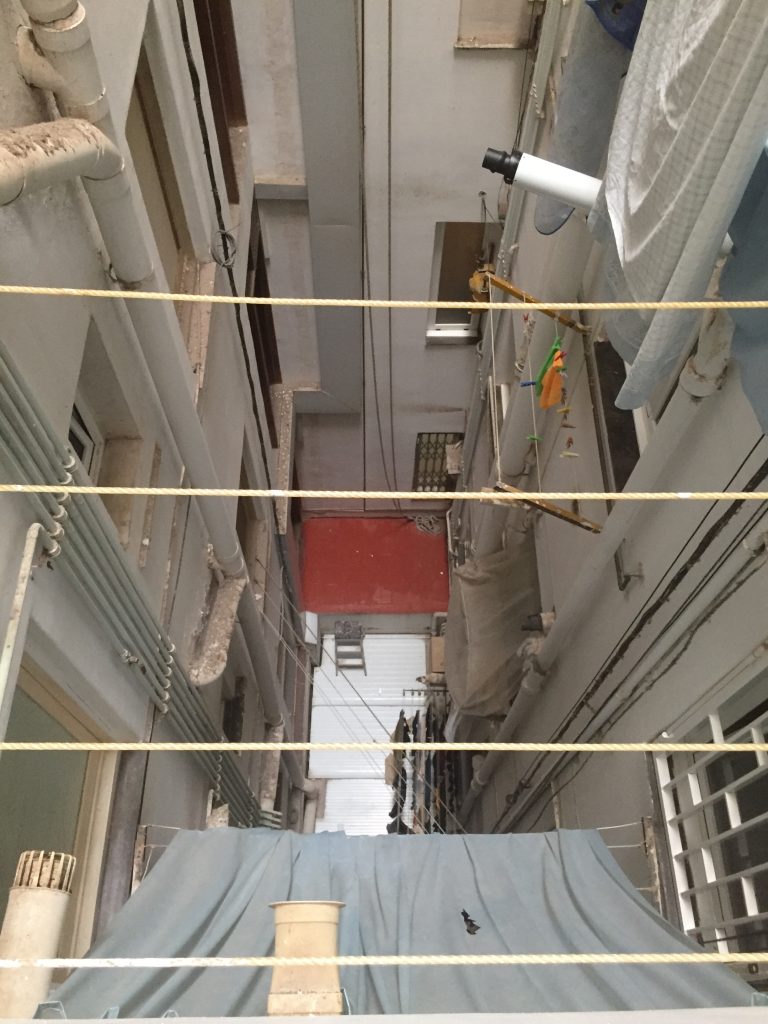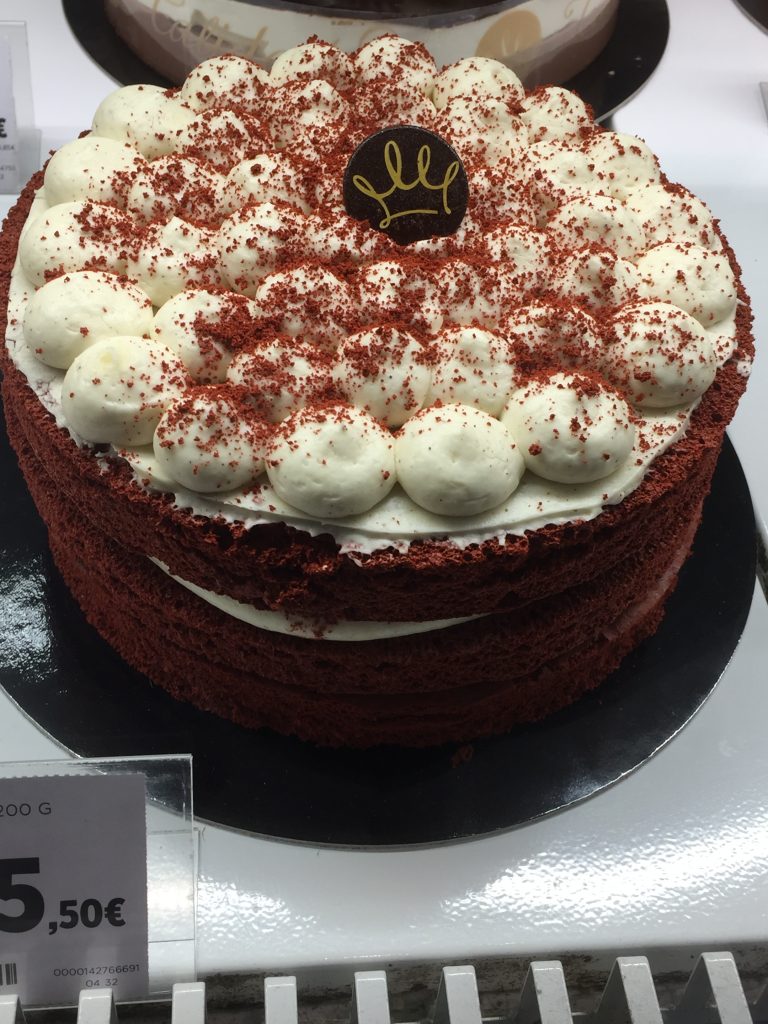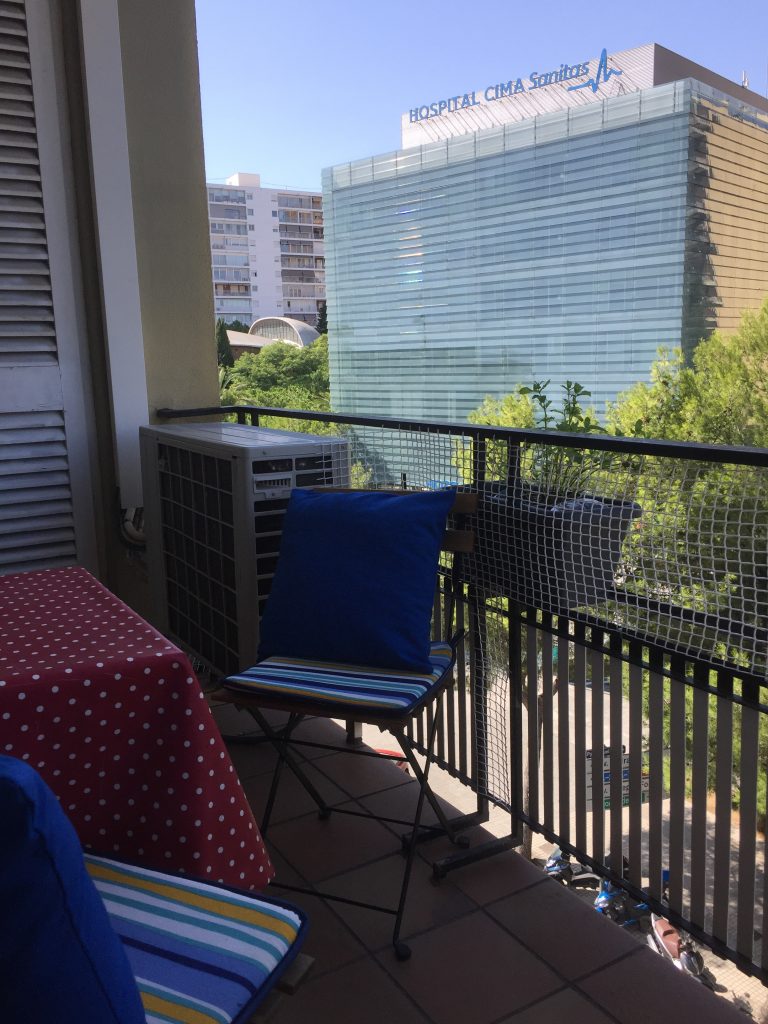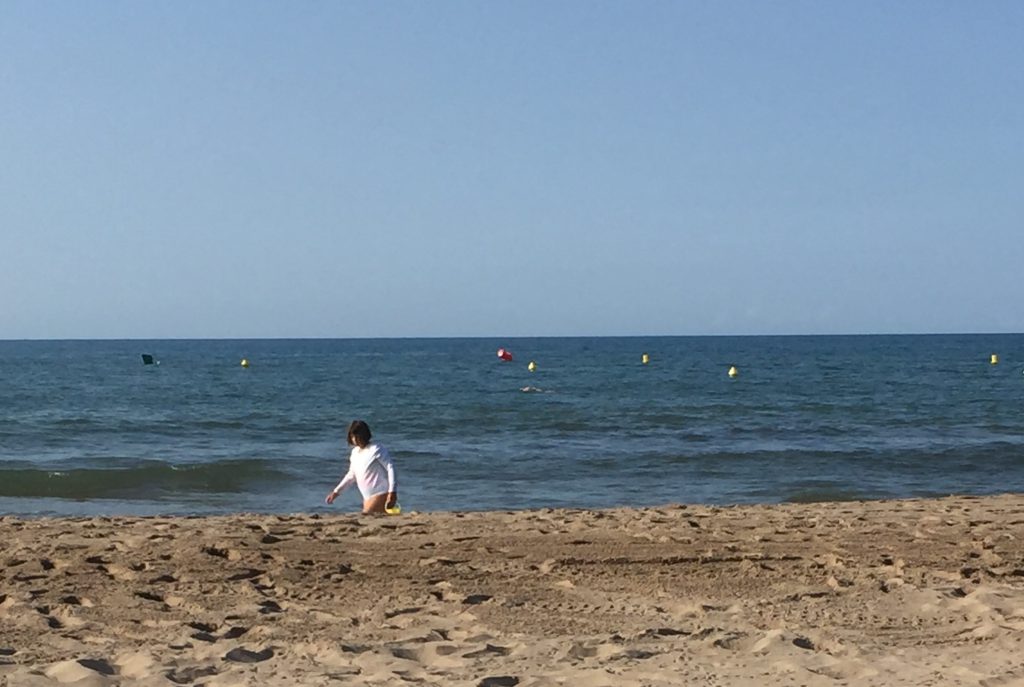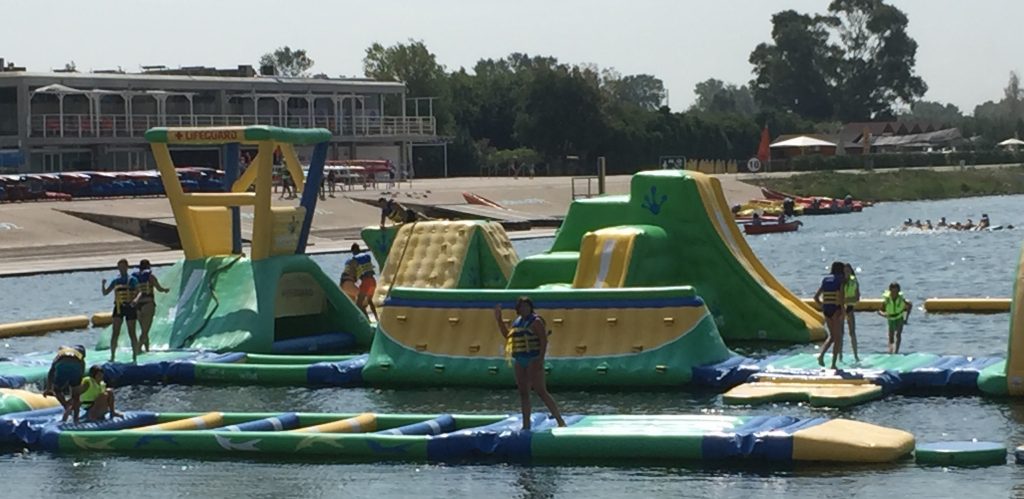Toby is our grey-haired tabby. I suspect he’s an American short-hair but he could also easily just be a mixed breed with short hair. Maybe that’s saying the same thing? He is an ordinary cat and often I see images in magazines, on food or litter containers, on tv or in the vet’s office of a cat that looks almost identical to Toby. Either he has a second life as a professional model that I know nothing about or he’s just an average Joe, common tabby cat.
Toby is four. His birthday is July 4. So he’s an American’s American – born the same day as his native country. He is as picky and curious as any cat I have ever met. However, unlike most felines, Toby has the grace of an elephant in roller skates. He is the most accident prone animal. I have never seen the like in a cat. In my experience, cats are nimble, dexterous and deft. We joke about it all the time because he is Allita’s pet and he is as clumsy and goofy as she is. They both have perfected the I-meant-to-do-that look.
Yesterday, during lunch, the doorbell rang. I was excited because I was certain it was the concierge telling me that my long-awaited package from Texas had finally arrived. So I dashed up the hall to the door and jerked it open. It was the concierge, but his news was somewhat different. He started speaking as soon as I opened the door. Since he speaks no English and my Spanish is “no bueno” [no good], our conversations are usually brief and somewhat limited. He appeared quite rattled, his eyes were enlarged, his face was flushed and he was breathing erratically as though he had run up four flights of stairs instead of simply taking the elevator. I found out later that was exactly what he had done.
“¡Tu gato esta abajo!” [Your cat is below!], he said to me pointing downwards to the floor. “ABAJO” [BELOW!], he said again, only louder and clearer this time, because I had not made any motion or given any response. I understood the meaning of all his words but they didn’t make sense to me. I knew Toby was inside the apartment. I had recently seen him wandering around. I left the door open and rushed down the hall to ask Mom where Toby was. I told her what the concierge had said, “Your cat is below!”. She started looking for him. I went back to the front door.
“¡Ven!” [Come!], said the concierge. He motioned me towards him. I realized “ven” sounded a little like the word “vien” in French (high school French classes paying off) which means “come”. So I left the apartment and went with him. Inside the elevator, he started speaking to me again – using his hands and making sound effects to help explain his story.
Cupping a hand behind one ear, he said, “Escuché un ‘POW’… (slapping hands together) y ‘MEOW! MEOW!’” [I heard a “POW”… and ‘Meow! Meow!’] Then he showed me something diving off and landing using his hands and making the noise a small boy or cartoon show might use to mimic a bomb dropping or someone jumping off a cliff. He went on to explain that he rushed upstairs to the noise and that’s when he saw the cat. I heard him say “¡Dios mío!” [My God!] and then he pointed at me and said “blah blah blah… solo tu tienes un gato….blah blah blah”. [Only you have a cat] Suddenly, I got a very bad feeling. We were headed to find a cat that had jumped or fallen and was crying for help. As he said, he knows I’m the only one in this entire building who has a cat so he believes this cat is Toby! It couldn’t be Toby, I told myself. I will not find Toby down here – it will be someone else’s cat – perhaps a white and brown cat or an orange one? The concierge continued to speak to me but I only heard the sounds as my attention turned inward and I focused my fear on what this other cat would look like and what I might eventually discover.
We arrived on the first floor and the concierge opened the door to “the hole”*. I immediately heard the long tortured wail of a very scared cat. I followed the concierge down a stepladder and walked across the floor (which isn’t really a floor), dodging laundry, clothes lines and various other items, until I got to the backdoor of the 4th apartment on floor 1. There I saw him. Toby. Sitting in the kitchen windowsill of apartment 1, 4. His tail was huge. His whole body was huge. I suspect all his hairs were simultaneously standing on end. Although I called and called for him, he refused to budge. Eventually, the concierge realized I would need access to the apartment in order to retrieve my cat. I heard him sigh “¡Dios mío!” and listened as he muttered to himself in Spanish and walked back to the entrance.
The lady in apartment 1, 4 is very nice. I suspect we either interrupted her siesta or she works nightshift, as she was in her pajamas and seemed a little fuzzy-minded even at 1pm. She’s young, perhaps in her 20s, and has a tiny, white pocket dog. It’s the kind of dog that is very popular here – so small that it can fit into your pocket. I could hear him madly barking his little high-pitched yip from one of the back rooms as I followed the lady into her kitchen. We saw Toby through her windowpanes. “¡Dios mío!”, she breathed. She looked at me in surprise with her eyebrows raised (although I was fairly certain the concierge had just explained the situation to her) and I gave her a little smile, pointed at Toby and said “Mi gato” [My cat]. She opened the back door and he dashed inside. When he realized he was not in his own actual apartment, he froze and that’s when I grabbed him.
We left 1, 4 and I thanked everyone involved deeply and profusely – particularly the concierge who was now smiling but still concerned for Toby’s well-being (“¿Está bien?” [Is he ok?]). Toby had buried his face in my neck and was shaking in my arms. I headed to the elevator only to meet another of my neighbors, a nice-dressed elderly lady with perfect hair and a walker who was headed downstairs. For no good reason, I joined her in the elevator and rode down one floor to the lobby instead of up to my fourth-floor apartment. She politely told me that I was holding a cat in my arms. I politely nodded at her. Then I made the same motions and noises the concierge had earlier in the same elevator and said “piso quatro a piso uno” which I hoped meant floor 4 to floor 1. Her eyes got huge and she said “¡Dios mío!”. Then she exited the elevator, turned to stare at me, shook her head and wandered down the hall to the concierge desk muttering out loud in Spanish. Probably something about cats and their crazy owners. I heard the concierge telling her about the “POW” and “MEOW! MEOW!” as the elevator doors closed. I figured he would be recounting that story frequently in the coming days.
I took Toby back to our apartment and called the vet, who we had met for the first time only two days prior. I eventually explained what had happened. He said “¡Dios mío!” and that I should bring Toby in immediately. Thus began a very expensive bill. In the end, Toby is fine. He has had considerable trauma (including having his entire belly shaved for an ultrasound!) and is in some pain but no broken bones, internal bleeding or organs damaged. His spleen is enlarged but that’s expected and he has hyperextended (sprained) the “wrists” on his front two legs, which is also normal and expected. Turns out, this happens often enough with cats that there is something called High Rise Syndrome. As the vet explained to me, in the Spring and Fall, when the weather is cool enough, people in cities open their windows to let in the fresh air and their cats, peering through the vacant space once occupied by glass but now curiously not, will fall, often many more storeys than even poor Toby.
We don’t know exactly how he got out the backdoor and eventually fell. It’s possible he snuck out the door one of the many times we opened it while cooking to take a piece of recycling or trash to the correct container. He’s done that before but we typically notice him because the space is so small. There is a good chance he crawled out the kitchen window, which we had opened slightly after we cooked lunch because the room had gotten hot. The window opens to the laundry room (literally over the washing machine) and ultimately “the hole”* so I never gave much thought, until now, to leaving it open for ventilation. I suspect if Toby got onto the kitchen counter (forbidden territory!), walked on the stovetop (must have been hot), and crawled out the window, he would have ended up on top of the washing machine. Given his curious nature, he probably wandered over to the edge and peered down into “the hole”*. Given other aspects of his nature, it’s also likely this is when he slipped and fell.
Our new weekend plans include adding screens to all of the windows. I don’t think any of us wants a repeat of this experience, much less Toby who is now down to 8 lives.
¡Dios mío!
* “the hole” is what we call the ventilation shaft. The area is large enough to park five or more cars side-by-side. The shaft runs the entire height of the building. The purpose of this space is to allow for exhaust. These apartment use gas to heat the hot water, for cooking and appliances, and to heat radiators. Gas is very common in Spain and so are “holes”. We call it “the hole” because it doesn’t actually go anywhere or have a view of anything outside the building. There is a door in addition to the small window that leads to this area and because we are on the fourth floor, we have what is actually a tiny patio. This patio has a half wall that is about the height of the washing machine and is where we keep recycling containers, cleaning equipment such as mop, broom and bucket, dirty clothes and the washing machine and water heater. On the backside of our half wall is our clothes line. In fact, all the apartments with doors or windows that lead to “the hole” have clothes lines mounted in this area. It is quite common to see clothes drying here because most people do not own an actual dryer
